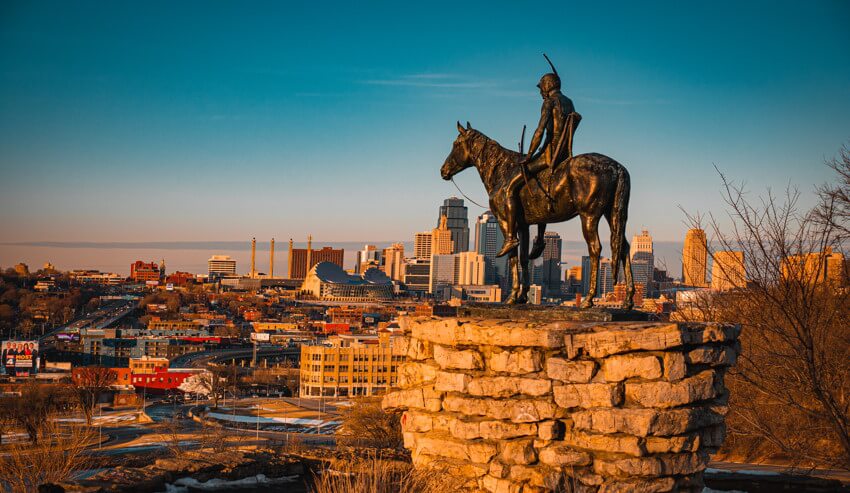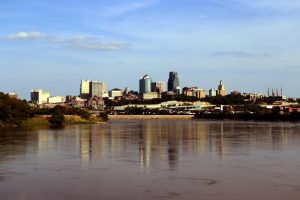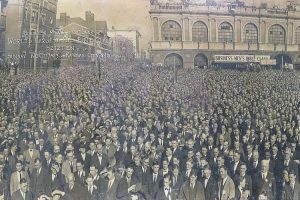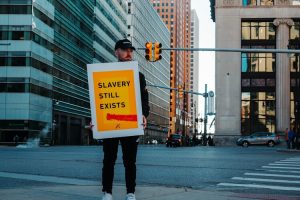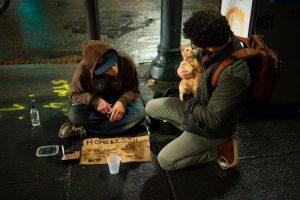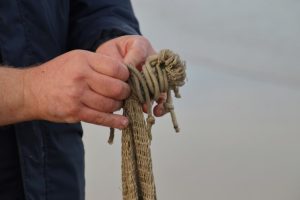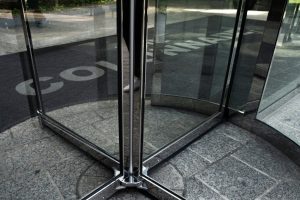Where the relay began
Every relay race has a start and an end. Where did we start? How far have we come? The 1923 Business Men’s Bible Class gathering of over 52,000 men marked a historic moment in Kansas City’s history, but the history of prayer on Missouri soil started four hundred years earlier.
In 1927, to celebrate over 100 years of Kansas City history, Charles P. Deatherage published Early History of Greater Kansas City, Missouri and Kansas: The Prophetic City at the Mouth of the Kaw. Though his book is not a “Christian” history, true to its title, Deatherage clearly sees Kansas City’s history as thoroughly Christian. He begins by quoting his pastor and then starts off our history with the first presence of the cross in Missouri.
The Kansas City of the 1920s that Deatherage addressed was a seeming paradox: deeply Christian, yet roiled with mob activity. The historic 1923 gathering led the city’s Christians to come together and fight crime, shut down the red-light district, and begin an unprecedented wave of ministry in the city. To this Kansas City, in the heart of the fight and on the edge of the victory, Deatherage wrote to remind them of their Christian foundation. And what, exactly, did he want us to know about our “Prophetic City”?
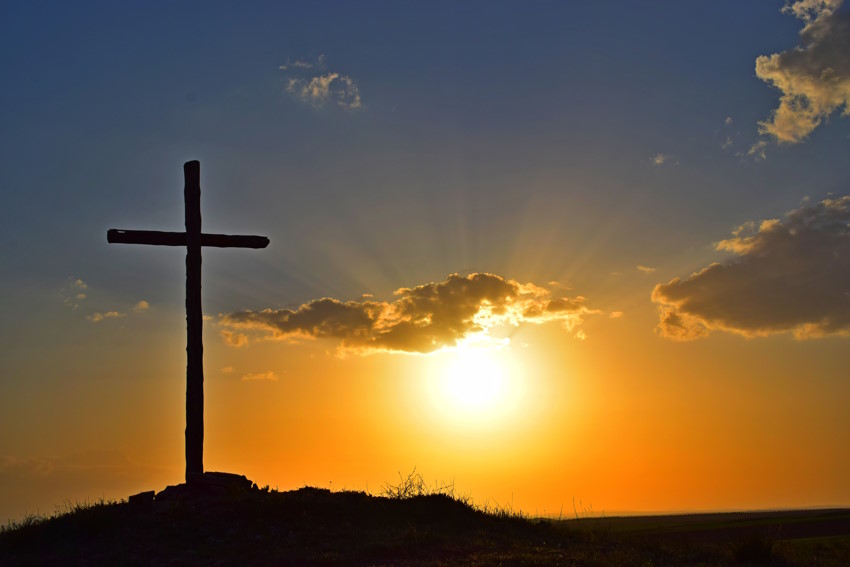
The First Cross Lifted Up
In recounting Kansas City’s history, Deatherage starts with the first time a cross was placed on Missouri’s soil. All history starts and ends at the cross.
Deatherage recounts Spanish explorers entering Missouri in the 1500s and encountering a Native American tribe.
The Spanish explorer De Soto met the Casquin tribe. The tribe was suffering from a drought and begged the Spanish explorer to pray for rain. The tribe’s gods were powerless to stop the drought, but perhaps the explorer’s God could help.
De Soto told them that “although he and his followers were but sinners, they would yet supplicate God, the Father of Mercies, to show mercies unto them.” He ordered his men to cut down the largest pine tree in the forest and make a cross out of it. It took one hundred men to erect the giant cross. After setting up the cross, the next morning the Spanish priests and friars “chanted their litany and soldiers responded.” Deatherage records the tribe’s reaction:
“With arms extended, and their hands raised they watched the movements of the Spaniards. Ever and anon they raised their eyes to heaven, and made signs with their faces and hands, as if asking of God to listen to the Christians’ prayers. Then would they raise a low and wailing cry, like a people in excessive grief echoed by the plaintive murmurings of their children’s voices.” The chronicler adds De Soto and his followers “were moved to tenderness to behold in a strange and heathen land a savage people worshipping with such humility and tears, the emblem of our redemption.”
That night, a full rain fell and watered the tribe’s crops. Deatherage records, “When the chief and his warriors, full of joy, repaired to De Soto to express their thanks, he answered them, ‘They must give thanks to God, who created the heavens and the earth and was the bestower of these, and other far greater mercies.’”
In Deatherage’s mind, any history of Kansas City must begin with the history of the cross and its presence in the region. The history of Kansas City is the history of answered prayer. From the very first time a Missouri tribe prayed to Jesus, he answered them clearly and powerfully. He has been doing the same ever since.
Source:
Charles P. Deatherage, Early History of Greater Kansas City, Missouri and Kansas: The Prophetic City at the Mouth of the Kaw. vol. 1. Kansas City, MO: Interstate Pub. Co., 1927.
